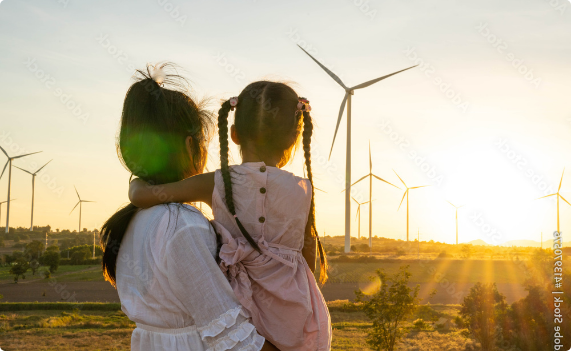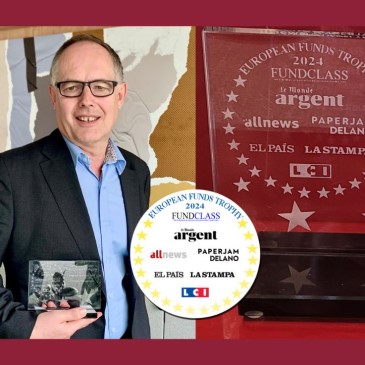NOTRE RAISON D'ÊTRE
L'avenir est notre présent
Nous sommes à l’écoute des grandes tendances qui dessinent l’avenir et les considérons comme autant d’opportunités d’investissement
L'Investissement Responsable, une priorité essentielle
Nous avons très tôt fait le choix d'être acteur du changement en intégrant l'Investissement Responsable au cœur de nos gestions.

Des mégatendances à l’investissement thématique
Les mégatendances se matérialisent à grande échelle. Elles transforment en profondeur nos civilisations, impactent notre quotidien et façonnent d’ores et déjà notre futur. Elles se concrétisent sur des périodes de temps étendues - au moins une décennie, souvent davantage - et sont globalement indépendantes des cycles conjoncturels. D’où leur caractère essentiel pour les investisseurs, et la nécessité de les appréhender parfaitement.
L’investissement thématique tire parti de cette temporalité et connecte l’investissement aux réalités du monde.
Nos dernières actualités
CPRAM en chiffres
57
Mds €d’actifs sous gestion
+
100
collaborateurs dont ⅓ dédié à la gestion
+
30
années d’expérience
Source : CPRAM au 31/12/2023
Nos stratégies clés
Investissement thématique
Une gamme innovante de solutions d'investissement thématique.
Actions quantitatives
Une offre dont l’approche repose sur un processus quantitatif de sélection de facteurs et de valeurs.
Multi-actifs
Depuis plus de 30 ans l'allocation d'actifs est au cœur de notre savoir-faire.
Gestion obligataire
Une couverture globale de l’univers obligataire avec une large gamme de solutions.
Gestion de trésorerie
Des solutions de trésorerie en gestion active mettant l’accent sur la liquidité et l'encadrement des risques.
Information importante :
Une usurpation d'identité au sein de CPRAM est en cours avec une offre frauduleuse portant sur un fonds garanti proposé par CPRAM. CPRAM n'est pas à l'origine de cette offre. CPRAM appelle à la vigilance et vous donne des recommandations afin d’éviter les Fraudes. En savoir plus


